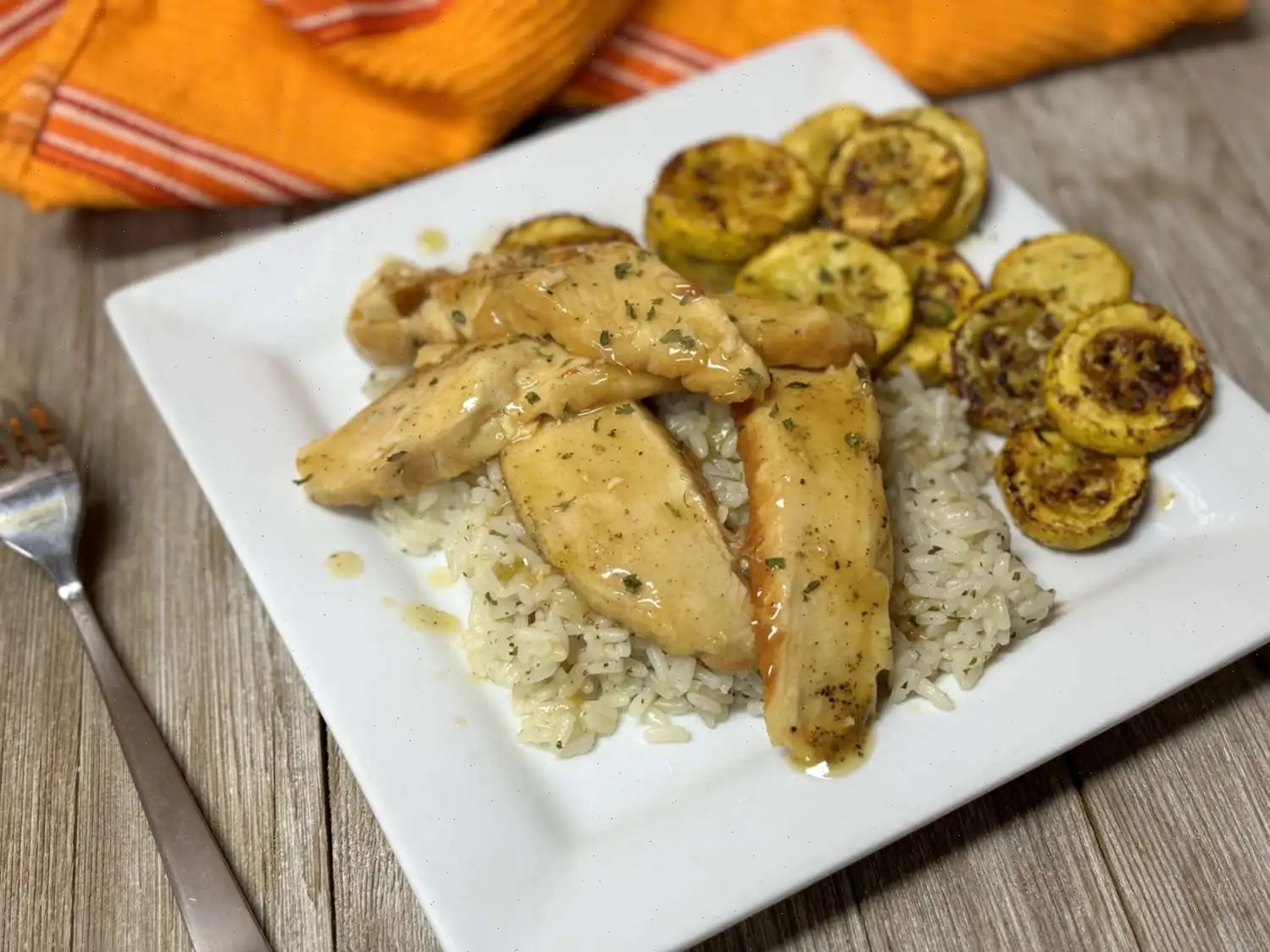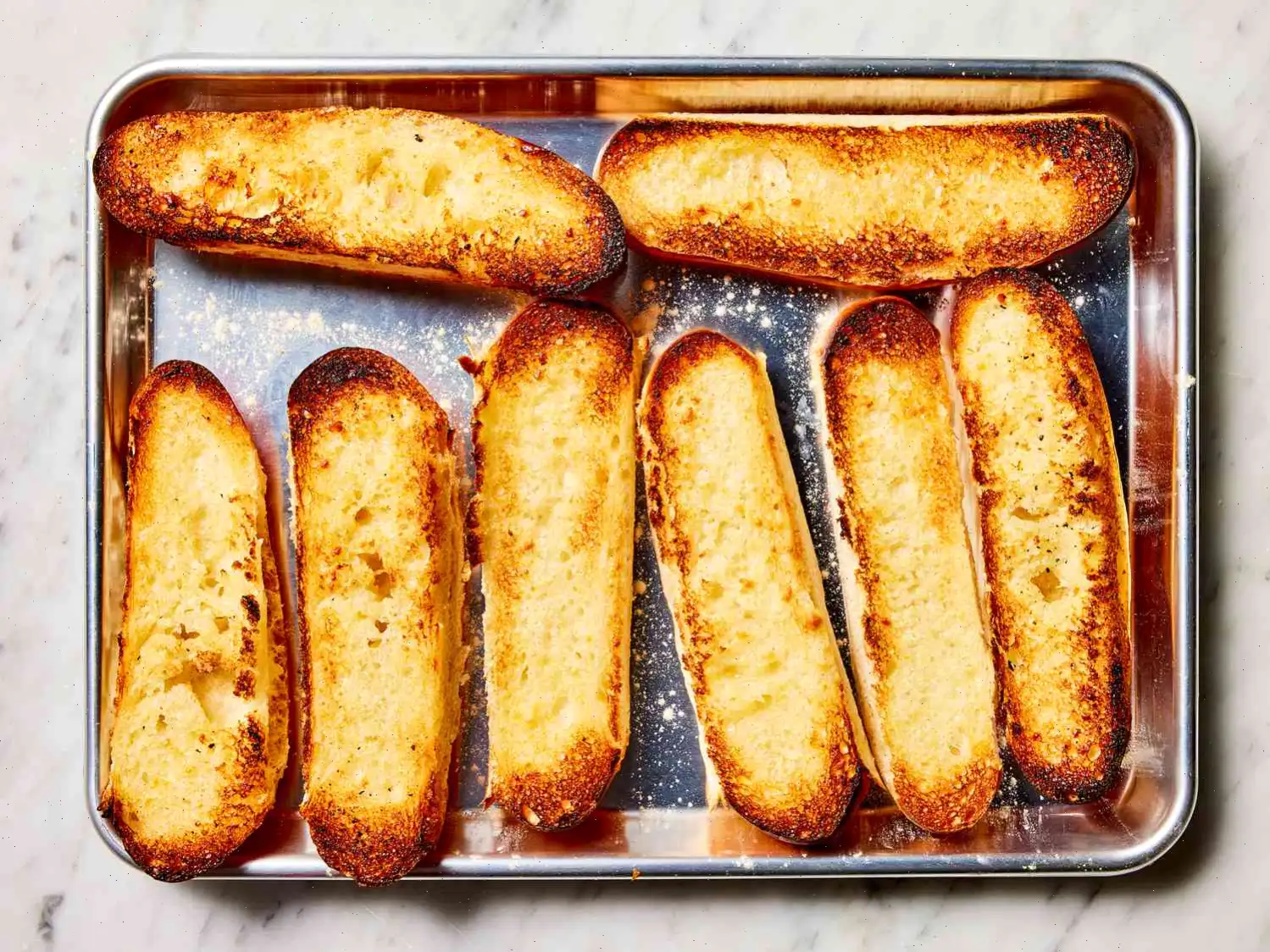
Spicy Thai Noodle Salad with Peanut Dressing Recipe
Peanut and Chili Rice Noodle Salad
This delicious and vibrant salad combines the richness of peanut butter with the heat of chili oil, tangy lime juice, and a crunchy mix of fresh vegetables. Perfect for a light, yet satisfying meal!
Ingredients
Dressing
- 1/4 cup creamy peanut butter
- 1/4 cup chili oil
- 1/4 cup lime juice
- 2 cloves garlic, minced
- 1 tablespoon fish sauce
- 1 teaspoon crushed red pepper
Salad
- 4 ounces dried brown rice noodles
- 1 (14 ounce) bag coleslaw mix
- 6 radishes, thinly sliced
- 4 ounces sugar snap peas, lightly chopped
- 1/4 cup chopped cilantro
Directions
- In a medium bowl, combine peanut butter, chili oil, lime juice, garlic, fish sauce, and crushed red pepper. Stir until smooth and well-blended.
- Bring a large pot of salted water to a boil. Add the rice noodles and remove the pot from the heat. Let the noodles soak for about 5 minutes or according to package instructions. Drain well.
- In a large serving bowl, combine the prepared dressing, noodles, coleslaw mix, radishes, and snap peas. Toss everything together until well-coated with the dressing.
- Garnish the salad with chopped cilantro and serve immediately for the best flavor and texture.
Nutrition Facts (per serving)
| Amount | % Daily Value |
|---|---|
| Calories | 193 |
| Total Fat | 14g - 18% |
| Saturated Fat | 2g - 11% |
| Cholesterol | 0mg - 0% |
| Sodium | 304mg - 13% |
| Total Carbohydrate | 14g - 5% |
| Dietary Fiber | 3g - 11% |
| Total Sugars | 4g |
| Protein | 4g - 9% |
| Vitamin C | 37mg - 41% |
| Calcium | 47mg - 4% |
| Iron | 1mg - 6% |
| Potassium | 261mg - 6% |
* Percent Daily Values are based on a 2,000 calorie diet. Your daily values may be higher or lower depending on your calorie needs.
The Story Behind Spicy Thai Noodle Salad with Peanut Dressing
The Spicy Thai Noodle Salad with Peanut Dressing has roots in Thailands rich culinary history, where noodles and bold sauces have long been central to local diets. Thai cuisine is famous for its balance of sweet, sour, salty, and spicy flavors, and this salad is a modern interpretation that brings these elements together in a light, refreshing dish. Traditionally, Thai salads, or yam dishes, were simple preparations using fresh vegetables and herbs, often accompanied by a protein. The addition of peanut dressing in contemporary recipes reflects global influences, merging authentic Thai tastes with Western pantry staples.
Regional Variations
While this salad is recognized throughout Thailand, regional differences do exist. In northern Thailand, versions may include more fresh herbs like mint and basil, while central Thailand focuses on balancing lime and fish sauce for a tangy yet savory flavor. Southern variations often introduce more heat through fresh chilies or chili oil, giving the dish a spicier kick. Each regions adaptation reflects local ingredient availability and preferred flavor intensity, making Thai salads remarkably diverse despite their simple foundation.
Distinctions from Similar Dishes
This noodle salad stands apart from other Asian noodle dishes through its combination of chilled rice noodles, crunchy vegetables, and creamy peanut dressing. Unlike Pad Thai, which is stir-fried and often sweeter, this salad is served cold or at room temperature, highlighting the crispness of the vegetables. The peanut dressing, enriched with garlic, lime juice, and chili oil, adds a nutty, spicy, and tangy profile, distinguishing it from simpler noodle salads that rely solely on soy-based or vinegar dressings.
Where Its Commonly Served
Spicy Thai Noodle Salad is versatile and often found in casual Thai eateries, street food markets, and fusion restaurants worldwide. It works equally well as a light lunch, a side dish for dinner, or as part of a buffet spread. Its bright flavors and eye-catching presentation make it a popular choice for summer gatherings and potlucks. In Thailand, its sometimes served alongside grilled meats or seafood, complementing richer dishes with its refreshing balance.
Interesting Facts
- The salads peanut dressing is inspired by both Thai and Western tastes, as peanuts are not native to Thailand but have become integral in modern recipes.
- Rice noodles, traditionally made from rice flour and water, are naturally gluten-free, making this dish suitable for many dietary needs.
- The use of chili oil instead of fresh chilies allows the dish to retain spiciness even when stored for short periods, which is practical for restaurants and home cooks alike.
- Fresh herbs like cilantro not only enhance flavor but also provide antioxidants and essential nutrients, adding a healthful element to this indulgent yet light dish.
- It is a common misconception that Thai salads are always served hot; in fact, many traditional salads, including noodle-based ones, are intended to be served at room temperature or slightly chilled to preserve freshness and crunch.
FAQ about Spicy Thai Noodle Salad with Peanut Dressing Recipe
Comments
Adam Martin
03/29/2023 11:14:59 PM
The flavor was fantastic. I stuck to the recipe exactly. However, it turned out quite dry. For my next attempt, I plan to save some pasta water to make the dish less thick. The crispness of the vegetables was delightful, and the cilantro was simply perfect. Overall, it was a bit dry, but I will definitely make it again and incorporate pasta water to adjust the consistency of the sauce. I also added chicken for some protein.








